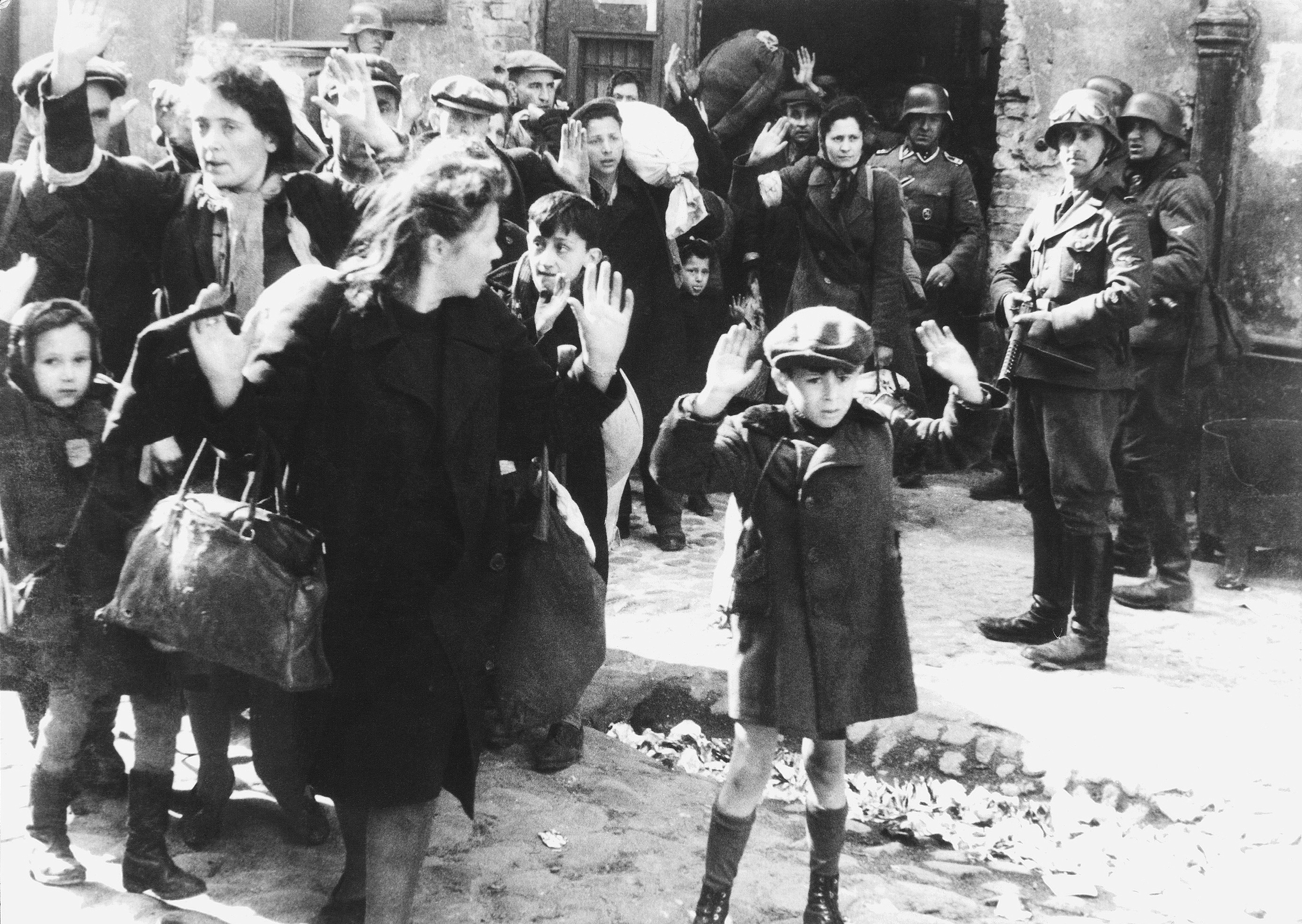
Heroism in Hell: The Warsaw Ghetto Uprising
by Claudia Moscovici
It is difficult to imagine a more hellish environment than the Warsaw Jewish Ghetto created by the Nazis in the fall of 1940 and completely destroyed, along with 300,000 of its 400,000 inhabitants, by the summer of 1942. The Ghetto is extraordinary in many respects. The largest Jewish ghetto of Nazi occupied territories, it was one of the largest sites of the torture, predation and mass murder of Jews, 254,000 of whom were eventually sent to the Treblinka death camp. It is also the site of the greatest Jewish resistance against the Nazis. As Israel Gutman, author of Resistance: The Warsaw Ghetto Uprising states, “The Uprising represents defiance and great sacrifice in a world characterized by destruction and death” (New York, Houghton Mifflin Company, 1994, xi).
The destruction came piecemeal, creating unbelievable psychological torture for the Jewish population of Warsaw. On October 16, 1940 the process began. The Nazis herded hundreds of thousands of Jews, constituting about a third of the population of Warsaw, into a tiny area, less than three percent of the city’s living space. People were forced to leave their homes, most of their property, their neighbors and friends and their jobs. Governor-General Hans Frank ordered the building of the wall by mid-November, closing off the Warsaw Ghetto from the outside world. The SS shot on the spot anyone seen trying to escape from the Ghetto.
Adam Czerniakow, an engineer by profession, was named the head of the Judenrat (the Jewish Council). He had to contend with lack of sufficient food and shelter, disease and starvation, sending Jewish men to forced labor under horrific conditions, and eventually with the deportation of most of the Jews in the Ghetto, including babies and children, to death camps. On July 1942, he couldn’t take the pressure and the guilt any longer. He committed suicide, leaving behind a note to his wife in which he stated that he could not collaborate with the Nazis in the murder of Jewish children.
Following his death, even the orphaned children he tried so hard to protect were sent to death camps. In an incredibly moving passage, Gutman describes the dignity with which they left to die, led by the Director of the orphanage, Dr. Janusz Korczak:
“They marched through the ghetto to the Umschlagplatz where they joined thousands of people waiting without shade, water, or shelter in the hot August sun. The children did not cry out. They walked quietly in forty-eight rows of four. One eyewitness recalled, ‘This was no march to the train cars but rather the mute protest against the murderous regime… a process the like of which no human eye had witnessed’” (Resistance, 139-140).
For those left behind in the Ghetto following the mass deportation, the moment for resistance had arrived. As long as they had a modicum of hope left, the Jews didn’t revolt against the Nazi oppressors. They had the welfare of spouses, parents and children to think of, whom they believed they could save by cooperating with the Nazis. Most clung to the false hopes fostered by the Nazis through a campaign of misinformation. Furthermore, the conditions in the Ghetto weren’t conducive to resistance. Isolated from any source of income or help, starved, overworked and continually preyed upon by the Nazis, for two years the Jews of the Warsaw Ghetto fought for their survival. Even before the mass deportation began, the conditions were so bad that about 100,000 Jews died, mostly from illness and starvation. Only once the deportation to Treblinka took away most of the Jewish population, along with the last shred of hope, did the remaining Jews—mostly young men and women—decide to take action. They fought hopelessly and heroically, against all odds of ever emerging alive out of the uneven battle with the Nazis.
Based on previous experience, the Germans didn’t expect to encounter any resistance. On January 18, 1943, they entered the Ghetto after a four-month respite, to resume deportations and send most of the remaining Jews to Treblinka. This time, however, the few thousand Jews left in the Ghetto knew they had nothing to hope for and therefore nothing to lose. Abba Kovner, a partisan fighter and well-known poet, rallied the youth with these inspiring, unforgettable words:
“We will not be led like sheep to slaughter. True, we are weak and helpless, but the only response to the murderer is revolt! Brothers! It is better to die fighting like free men than to live at the mercy of the murderers. Arise! Arise with your last breath!” (Resistance, 102)
The Jewish fighters, organized by ZOB (Jewish Combat Organization) and ZZW(Jewish Military Union), fought back with all their might. They used the few guns they had at their disposal, homemade bombs–any weapons they could find–to ward off the Nazis. In the first attack, a few SS soldiers were killed and more were wounded. The Nazis momentarily withdrew, only to return a few days later, on the eve of Passover (April 19, 1943), with even larger forces and more ammunition, weapons and tanks. Their instructions from Himmler were crystal clear: the total destruction of the Warsaw Ghetto. The Nazis proceeded to hunt down the Jews and burn the Ghetto to the ground. The Jewish resistance fighters, led by Mordecai Anielewicz, Yitzhak Zuckerman and Marek Edelman, fought bravely. They built a network of safe areas and tunnels underground and even on the roofs, with ladders. They returned the fire of the attackers, even though the Nazis were far more numerous and better armed. As the Nazis scorched the Ghetto, the bunkers, “which had been planned and equipped to provide refuge for months, became burning cages without air, water, or food” (Resistance, 236). Israel Gutman’s moving historical account of the Warsaw Ghetto uprising offers an answer to the much-raised question—why didn’t the Jews fight their oppressors?—and offers an unforgettable portrayal of heroism in hell.









 English
English
 Français
Français
 Deutsch
Deutsch
 Italiano
Italiano
 Español
Español

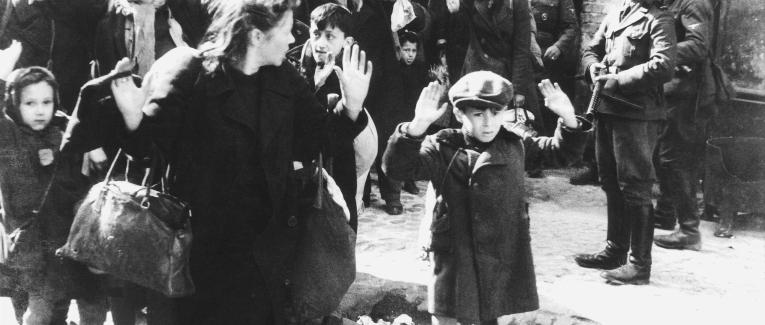
 7 min
7 min

 Contribuisci
Contribuisci





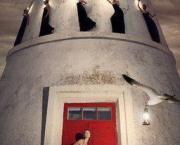
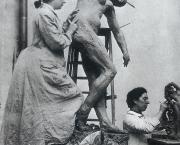















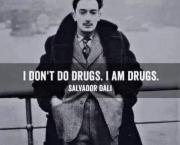

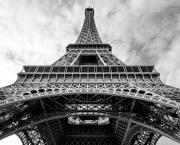





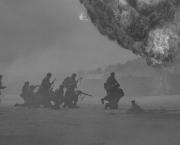



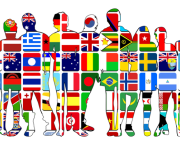









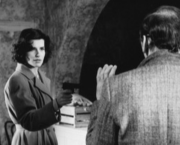
 Puoi sostenere i tuoi scrittori preferiti
Puoi sostenere i tuoi scrittori preferiti





